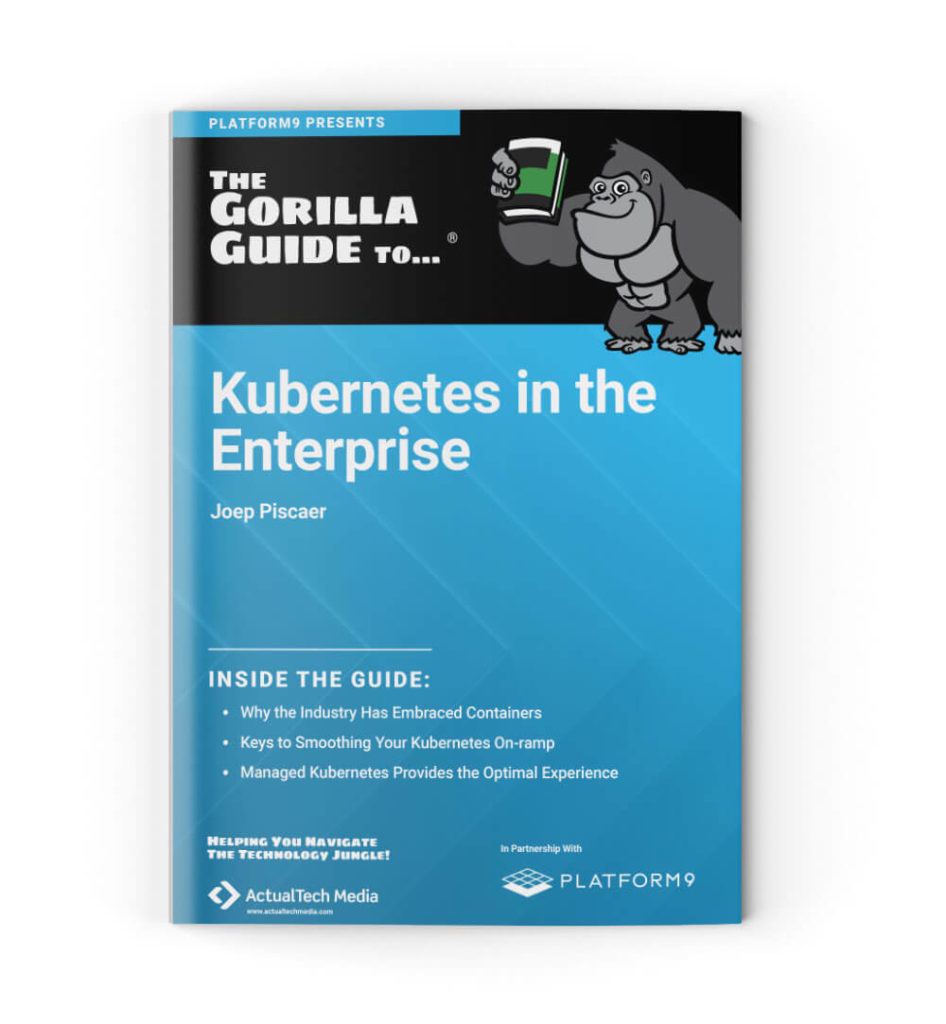In this short video, Rudy de Busscher demonstrates how to use MicroProfile Config with etcd.
Eclipse MicroProfile has been created as a open source specification for Enterprise Java microservices. It's aim is to work on microservices patterns for Enterprise Java and to integrate applications with the infrastructures they run on, with patterns like health checks, metrics, etc. The MicroProfile project was launched in June 2016 as a collaborative effort between Java application server vendors and the enterprise Java community to enable fast innovation.


